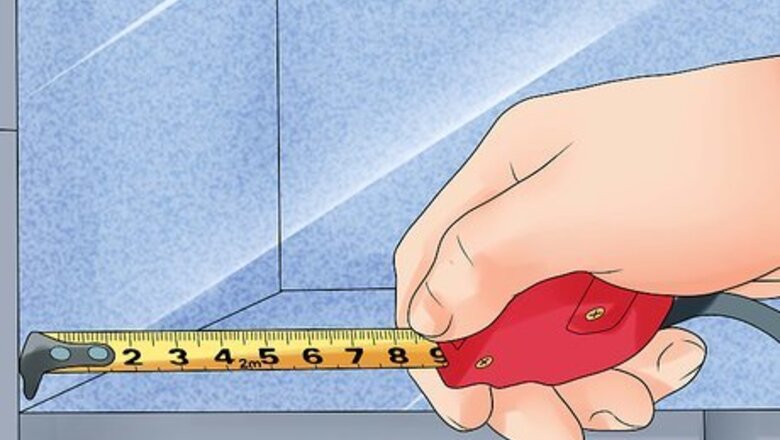
views
Sizing the Glass Block Windows
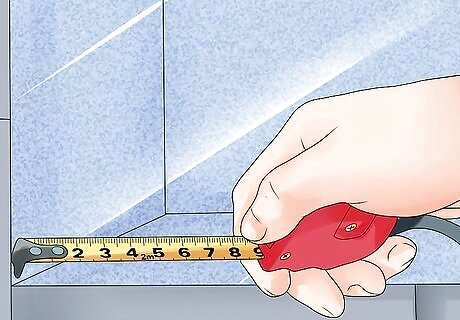
Measure your space. Installing glass block windows requires removing the current window frame, so ensure that you measure down to the masonry and not just the current window frame. If you are in doubt concerning where the masonry is in relation to the current frame, take several pictures of the window and take them to the fabricator for your glass panels. They can give you a more proper estimate. Always measure twice. Getting the right dimensions is crucial.

Subtract 1/2” (1.27cm) from both the width and the length. This space will actually be a 1/4” mortar joint on each side of the panel, but you can simply subtract 1/2” for your measurement.

Take your measurements to your vendor. Whether you are purchasing from a dealer or having your panels fabricated, you will need to take your measurements down to the company where they will show you several styles to suit your needs. Since fabrication won’t be a same-day process, it is recommended that you leave the current window installed until your block panels are ready. If your panels aren’t being delivered directly to your home, you may want to request a band clamp around the windows. This will help you transport them with less risk of snapping any of the blocks off the larger panel.
Removing the Old Frame
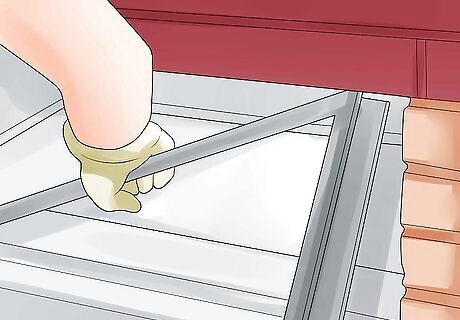
Remove the old window. If you break the old window, be extremely careful clearing the shards. Ensure the you sweep up or clear the area with a shop vac and wear gloves. EXPERT TIP Bicycle Glass Bicycle Glass Glassblowing Experts Bicycle Glass Co. was founded in 2016 by David Royce and Michael Boyd, two professional glass experts. Bicycle Glass is primarily a lighting company, committed to quality, sustainability, and affordability. All Bicycle Glass products are made of high-quality, recycled glass and are hand-blown by a dedicated team of artisans. The studio is committed to reducing its carbon footprint by conserving energy in all of its production. Using renewable wind energy to offset all electricity usage, the studio is actively working toward the goal of carbon neutrality. Bicycle Glass believes that high-quality, handmade glass products should be within reach for everyone. Bicycle Glass Bicycle Glass Glassblowing Experts Always prioritize safety when working with glass. Make sure to wear proper protective gear and carefully handle the glass. This applies to all processes, including holding, cutting, or polishing. Follow safety protocols to prevent accidents and achieve successful outcomes.
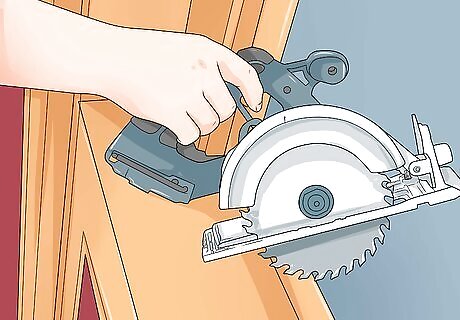
Cut through the frame. Use a circular saw or a hand saw to make the first cut into the current window frame. This will make it easier to pry out the frame.
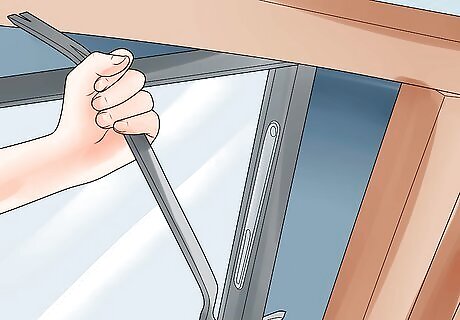
Rip out the old jamb. The frame’s material will determine how difficult this process is. For many frames you may be able to use a simple pry bar to rip out the frame. If the jambs are set in concrete or mortar, chisel some of it away to ease removal. When dealing with metal frames cast in the concrete, it is usually best to leave these in place. Ask your glass fabricator for suggestions.

Remove caulking with a utility knife. You want the space to be as clear and even as possible before installing the block panel, so remove any leftover caulking and clear the space of any debris.
Installing the Block Glass Panel
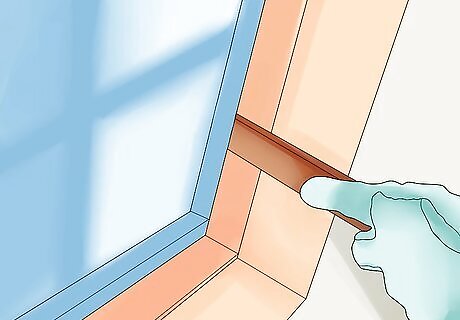
Install cedar shims at the bottom of the frame. The shims will help hold the panel in place, and they will ensure an even placement of the panel in the space. The shims should be about 1/2” (1.27cm) wide and long enough to easily remove once the first round of mortar sets. Install the shims at 3” (7.62cm) intervals, moving away from the corners.
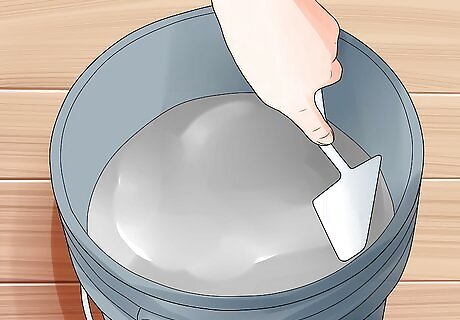
Mix small batches of mortar. You can mix batches about five or six trowel amounts at a time. It should ideally have a consistency close to bread dough, which will stop the panel from floating in the space as its sets.
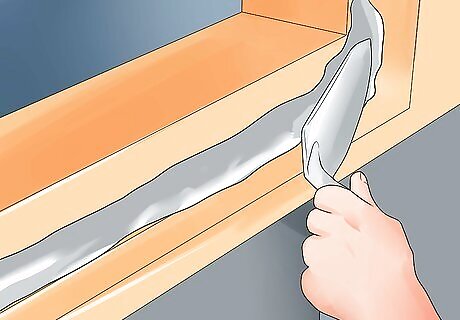
Apply a small amount of mortar to the bottom of the frame. This should just be a thin layer between the shims to help form a base before placing the window.

Tilt or slide the panel into position over the shims. The panel will be heavy, so have assistance on hand to place the panel. Reset any shims that move while setting the panel.
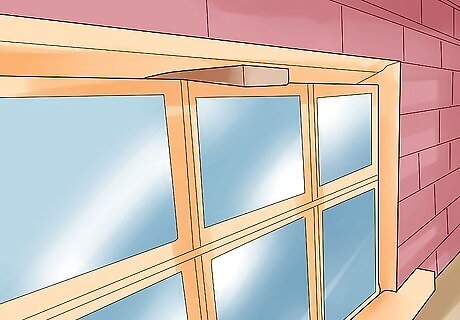
Slide shims into the top of the window until it is snug. Assure the window is plumb and square before continuing.
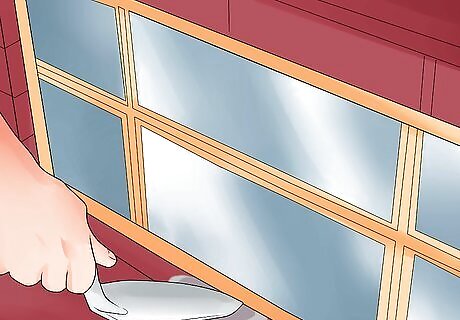
Pack the gaps at the bottom with mortar. Use a trowel and pack the gaps around the shims at the bottom of the panel. Allow it to set, hard to the touch, before mortaring the sides. From inside, scrape away any clumps of mortar with your trowel.
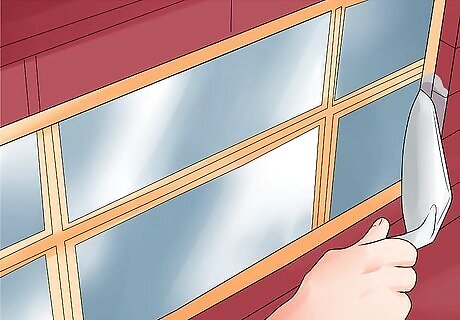
Mortar the sides of the panel. Assure that the mortar is firmly set before applying pressure to the window. Slide all of your shims out and finish mortaring the gaps once the mortar has set. Allow the mortar to set for two hours and then smooth it out with a striking tool. Clean any excess mortar off the panel with a sponge while it is still wet.

Apply caulk to seal the top of the window. Applying mortar at the top gap of the window can produce downward pressure as it sets that can compress and crack the glass. Let the mortar set for a full twenty-hour hours, then fill the entire gap with 100% silicone caulking.












Comments
0 comment